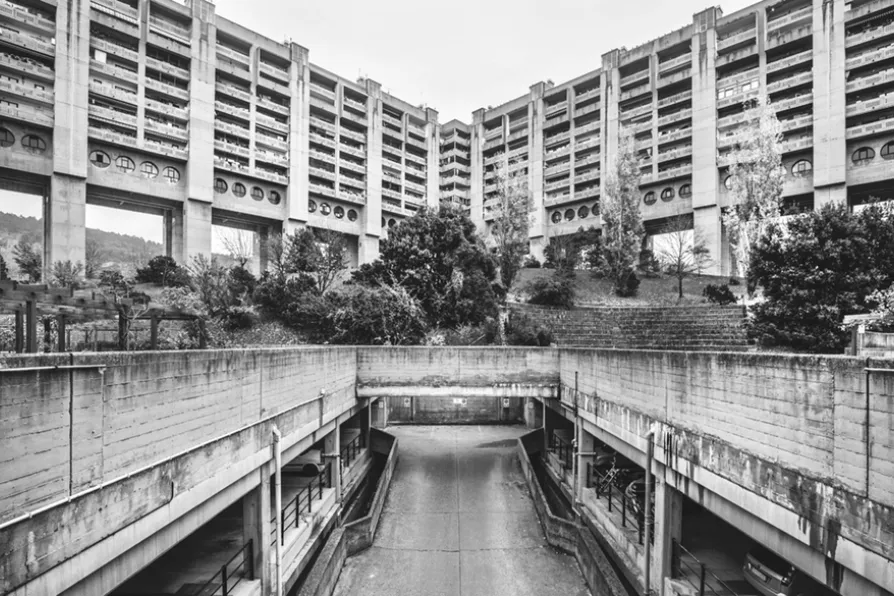RICHARD MURGATROYD enjoys a readable account of the life and meditations of one of the few Roman emperors with a good reputation
The Atlas of Brutalism
Revelatory images of a maligned architectural movement, whose democratic intent has transformed the public space

 Rozzol Melara, Carlo Celli, Trieste, Italy 1982
Rozzol Melara, Carlo Celli, Trieste, Italy 1982
“BRUTALISM” — the greatest misnomer in cultural vocabulary today — is in fact quite the opposite. An architecture of care, it embraces humanism, solidarity and unbridled imagination and by definition is participatory, aspirational and inherently democratic.
It hasn’t always succeeded aesthetically but as an endeavour it has had universal appeal for decades.
Similar stories

Ben Cowles speaks with IAN ‘TREE’ ROBINSON and ANDY DAVIES, two of the string pullers behind the Manchester Punk Festival, ahead of its 10th year show later this month
Read Sisters, the journal of the National Assembly Of Women, below.

The Morning Star sorts the good eggs from the rotten scoundrels of the year

Two new releases from Burkina Faso and Niger, one from French-based Afro Latin The Bongo Hop, and rare Mexican bootlegs










